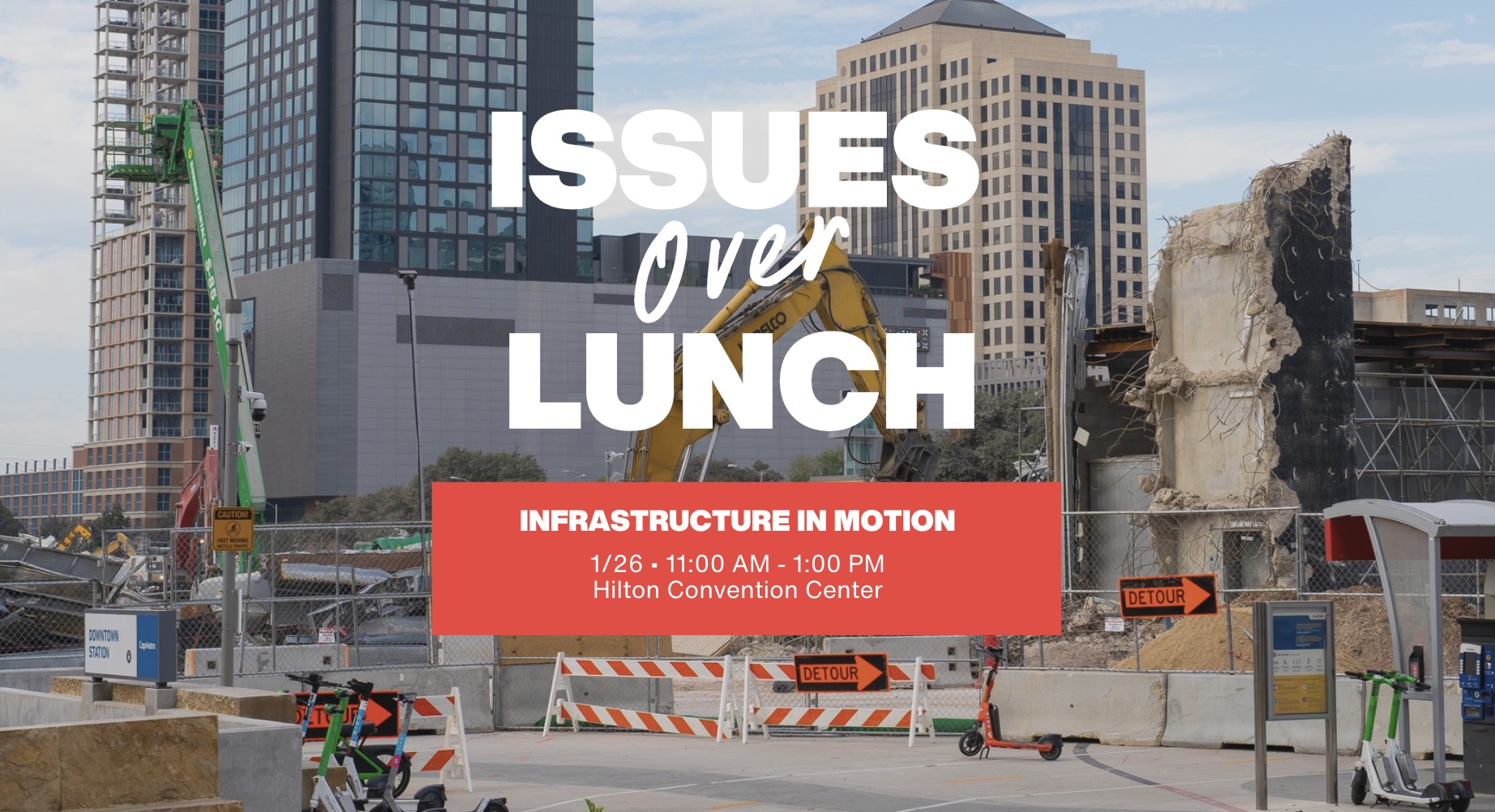
- This event has passed.
Resilience Roundtable: Community-Engaged Research Rules of Thumb
October 2, 2024 @ 12:00 pm - 1:00 pm
Since 2014, Texas Target Communities at Texas A&M University (TAMU) has worked alongside the Texas Environmental Justice Advocacy Services, a non-profit in Houston, to jointly investigate and document persistent vulnerabilities stemming from chronic pollution, natural hazards, as well as chemical and non-chemical stressors. Engaging local high school students and teachers, the partnership has collected data on a range of complex environmental issues, educated residents on risks, and developed solutions to reduce exposure and contamination.
The project, which was initially sponsored by university start-up funds, allowed TAMU and Texas Environmental Justice Advocacy Services to build trust, engage the community, and explore community needs before developing proposals for additional funding. This work, along with over 30 partnerships with community partners, led to the book Engaged Research for Community Resilience to Climate Change and our rules of thumb to authentically engage communities.
Part of the Planet Texas 2050 Resilience Roundtable series, Academic-Community Partnerships for Adaptation and Resilience.
Speakers:
Jaimie Hicks Masterson – Jaimie Hicks Masterson is director of Texas Target Communities at Texas A&M University, a high impact service-learning and engaged research program that works alongside low-capacity communities to plan for resilience. She is author of Planning for Community Resilience: A Handbook for Reducing Vulnerabilities to Disasters and Engaged Research for Community Resilience to Climate Change. She is the engagement coordinator Institute for Sustainable Communities and the Plan Integration for Resilience Scorecard project funded by the Department of Homeland Security and a part of the Center for Coastal Resilience at the University of North Carolina at Chapel Hill.
John T. Cooper – Dr. John T. Cooper, Jr. has also served as Assistant Vice President for the Division of Academic and Strategic Collaborations at Texas A&M University. Dr. Cooper’s areas of interest include principles of inclusive planning and plan quality. He has a deep commitment to working with emergency planners to increase the extent to which socially vulnerable populations are able to prepare for, survive and recover from disasters. From 2005-2010, he directed the FEMA-funded Emergency Preparedness Demonstration Program, a $2.5 million effort to understand barriers to increased disaster awareness and preparedness in marginalized communities. He has also served on the Advisory Board for the Coastal Resilience Center at the University of North Carolina, and the boards of directors for the U.S. Endowment for Forestry and Communities and the Bill Anderson Fund (BAF).


